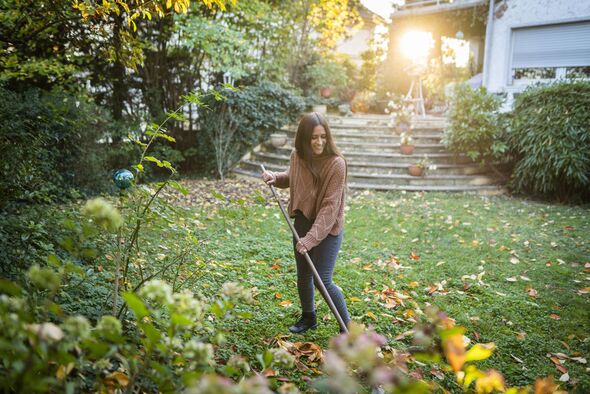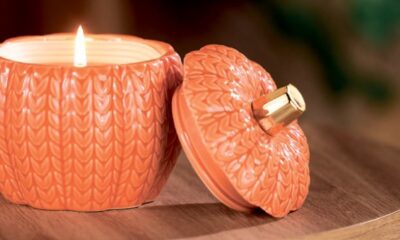Lifestyle
Restore Your Lawn: Essential September Scarifying Tips

As summer ends and autumn approaches, homeowners are encouraged to prepare their lawns for the upcoming colder months. A crucial task to undertake in September is scarifying, a process that can significantly enhance the health of your grass by removing moss and weeds.
During the summer, lawns often suffer from harsh conditions, leading to brown and brittle grass. The dry weather can also foster weed growth, making it essential for gardeners to conduct maintenance before winter arrives. According to experts, the best time to scarify your lawn is in September, as this is when conditions are optimal for recovery.
Scarifying involves the removal of thatch, a layer of dead grass and organic matter that can inhibit new grass growth and prevent essential nutrients from reaching the soil. Lawnsmith experts emphasize the importance of timing, stating that performing this procedure in early autumn helps avoid the proliferation of weed seeds. They caution against scarifying in spring, as this could exacerbate weed issues instead of solving them.
Benefits of Scarifying Your Lawn
Scarifying not only eliminates moss and weeds but also promotes long-term health for your lawn. This process helps to create a stronger root system by reducing soil compaction and improving water and nutrient absorption. BBC Gardeners’ World advises homeowners to scarify “in early autumn” to maintain lawns in good condition before the first frost sets in.
For those unfamiliar with the scarifying technique, using a spring-tined rake is recommended. This tool allows gardeners to gently remove thatch while leaving some in place to protect the lawn. It’s crucial to rake in multiple directions to ensure an even removal of thatch. Once the process is complete, the spent thatch can be added to the compost heap, contributing to a more sustainable gardening practice.
Next Steps After Scarifying
Once scarifying is finished, aerating the lawn is a beneficial follow-up step. Using a garden fork, homeowners can create holes in the ground that will help further reduce compaction and improve root health. The recommended method involves pushing the fork into the soil at regular intervals and moving it back and forth.
While the lawn may initially look worse after scarifying and aerating, this temporary setback is crucial for its recovery. Gardeners have the option to apply a fertilizer to encourage new growth or allow the lawn to recuperate naturally. Regular scarifying is vital for maintaining a healthy lawn year after year.
In summary, September is a pivotal month for lawn care. By prioritizing scarifying and aerating, homeowners can ensure their grass remains healthy and vibrant, ready to withstand the challenges of winter.
-

 Entertainment1 month ago
Entertainment1 month agoKim Cattrall Posts Cryptic Message After HBO’s Sequel Cancellation
-

 Entertainment2 weeks ago
Entertainment2 weeks agoMasterChef Faces Turmoil as Tom Kerridge Withdraws from Hosting Role
-

 Entertainment4 weeks ago
Entertainment4 weeks agoAldi Launches Cozy Autumn Fragrance Range Ahead of Halloween
-

 Entertainment2 months ago
Entertainment2 months agoSpeculation Surrounds Home and Away as Cast Departures Mount
-

 Entertainment1 month ago
Entertainment1 month agoMarkiplier Addresses AI Controversy During Livestream Response
-

 Health1 month ago
Health1 month agoWigan and Leigh Hospice Launches Major Charity Superstore
-

 Lifestyle2 weeks ago
Lifestyle2 weeks agoSummer Flags Spark Controversy Across England as Patriotism Divides
-

 Science1 month ago
Science1 month agoAstronomers Unveil New Long-Period Radio Transient ASKAP J1448−6856
-

 Entertainment4 weeks ago
Entertainment4 weeks agoLas Culturistas Awards Shine with Iconic Moments and Star Power
-

 Entertainment3 weeks ago
Entertainment3 weeks agoTurmoil in Emmerdale: Charity Dingle and Mack’s Relationship at Risk
-

 Lifestyle1 month ago
Lifestyle1 month agoTesco Slashes Prices on Viral Dresses in Summer Clearance Sale
-

 Politics2 months ago
Politics2 months agoPlane Crash at Southend Airport Claims Four Lives After Takeoff





















